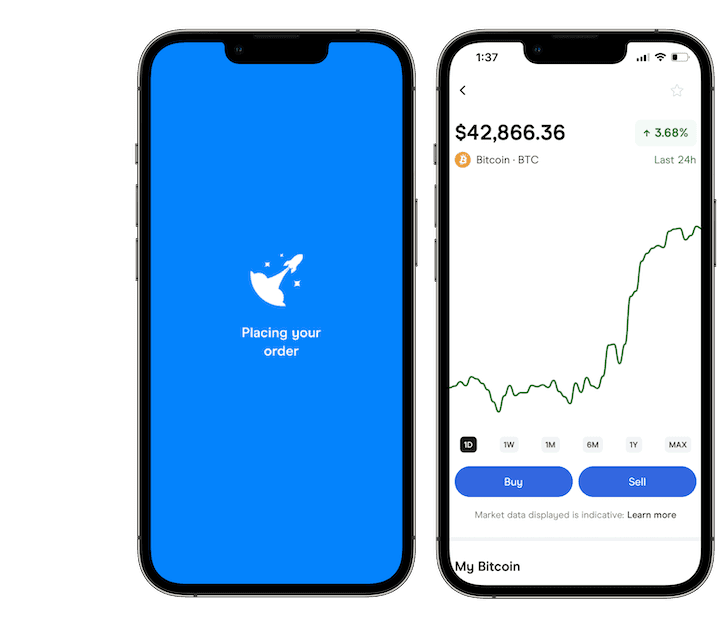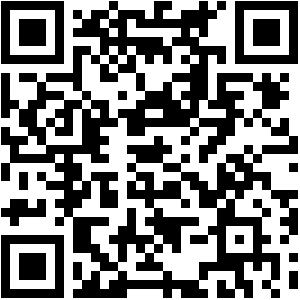Ordinals and runes – the new crypto craze?

A primer on the potential Next Big Things in crypto.
The fourth Bitcoin halving has arrived, and with it comes a huge change to the way Bitcoin can operate.
So what exactly are runes and ordinals, and why are they worth paying attention to?
What are runes and ordinals?
Ever wished you could trade Bitcoin NFTs or memecoins? You're in luck.
In simple terms, runes and ordinals are bringing memecoins and NFTs to the Bitcoin blockchain.
In more technical terms, runes is a new token standard for Bitcoin and ordinals are a way to inscribe data on the Bitcoin network.
If that makes sense to you, great.
If not, it's probably worth reading on.
Bitcoin NFTs?
If you're even broadly aware of crypto, chances are you remember the NFT craze that dominated the headlines a few years back.
Short for non-fungible token, an NFT is commonly the name given to digital collectibles (mostly images and videos) whose ownership and authenticity are inscribed and secured on a blockchain.
Think trading cards, but digital.
At the peak, the most popular NFTs (like Bored Ape Yacht Club) were trading for hundreds of thousands, and even millions of dollars (including one that sold for a whopping US$69 million back in 2021).
What you might not realise is that the leading NFTs were mainly available on the Ethereum network, as well as others like Solana, Binance Smart Chain and Avalanche.
Despite its status as the original and biggest cryptocurrency, Bitcoin has historically lacked the functionality to host NFTs.
Until recently, that is.
Ordinals, Bitcoin's answer to NFTs, first became a reality back in early 2023. The brainchild of Casey Rodarmor, ordinals allow digital assets to be ascribed to "satoshis", the smallest denomination of Bitcoin (equal to 0.00000001 BTC, or 1 hundred millionth of a Bitcoin).
Each satoshi is given a unique serial number (an ordinal) when it is mined. This ordinal can then be inscribed with additional data, such as an image or audio file, which is stored and secured on the Bitcoin network.
In other words, a Bitcoin NFT.
As with Ethereum NFTs, it hasn't taken long for ordinals to grab the attention of investors.
The biggest ordinal NFT projects like Bitcoin Puppets and Quantum Cats are currently trading for a minimum of 0.4 BTC (around US$27,000 at the time of writing).
What about runes?
Like ordinals, Runes is a new protocol that brings additional functionality to Bitcoin, in this case the ability to create additional tokens on the Bitcoin network.
Unlike so-called "smart contract" blockchains like Ethereum and Solana, which were specifically designed to allow other tokens to be created on top of their networks, this was not the original intention with Bitcoin.
While token standards like BRC-20 and SRC-20 already technically allowed users to create tokens on the Bitcoin network, they used ordinals to do so.
This adds bloat to the Bitcoin network in the form of UTXO (unspent transaction output) data that makes the Bitcoin network less efficient.
In contrast, runes are a cheaper, more efficient way to create tokens on Bitcoin, and opens the door for memecoins and other community tokens to launch on Bitcoin.
Runes officially kicked off with the fourth Bitcoin halving and sent Bitcoin fees skyrocketing as a result.
The most popular rune project is currently RSIC•GENESIS•RUNE, which sits at a market capitalisation of over US$300 million.
Are runes and ordinals here to stay?
As with everything in crypto, there's always a flurry of interest whenever the next big thing comes along, and runes and ordinals are likely to be no exception.
Of course, whether they can retain this interest is another matter.
Despite mainstream awareness, the air went out of the original NFT balloon, but memecoins have remained popular. Will runes and ordinals be another flash in the pan or become a mainstay of crypto activity? Who knows.
Guess the price of Bitcoin
See if you can correctly predict what the price of Bitcoin will be in US dollars next Monday, and come back then to see the results.
Join the crypto conversation – Follow us on X now
Trying to get a handle on the markets? Cut through the noise with our overview of the best cryptos to buy right now, explore some strategies for how to trade crypto or see if there's a better platform for you with our guide to the best crypto exchanges.
Disclaimer: Cryptocurrencies are speculative, complex and involve significant risks – they are highly volatile and sensitive to secondary activity. Performance is unpredictable and past performance is no guarantee of future performance. Consider your own circumstances, and obtain your own advice, before relying on this information. You should also verify the nature of any product or service (including its legal status and relevant regulatory requirements) and consult the relevant Regulators' websites before making any decision. Finder, or the author, may have holdings in the cryptocurrencies discussed.












 Trusted by over 500,000 Aussies
Trusted by over 500,000 Aussies

Ask a question


